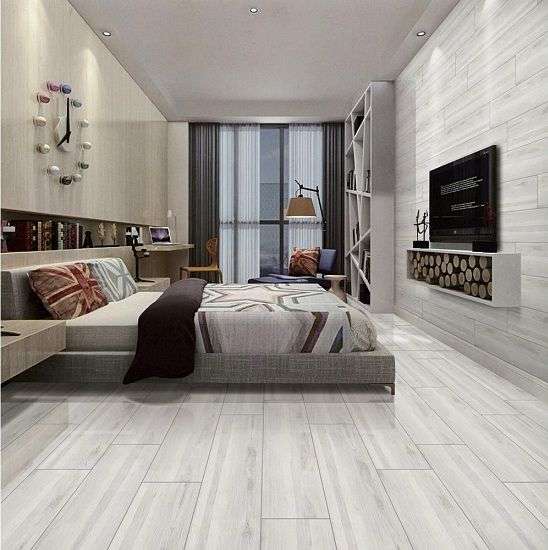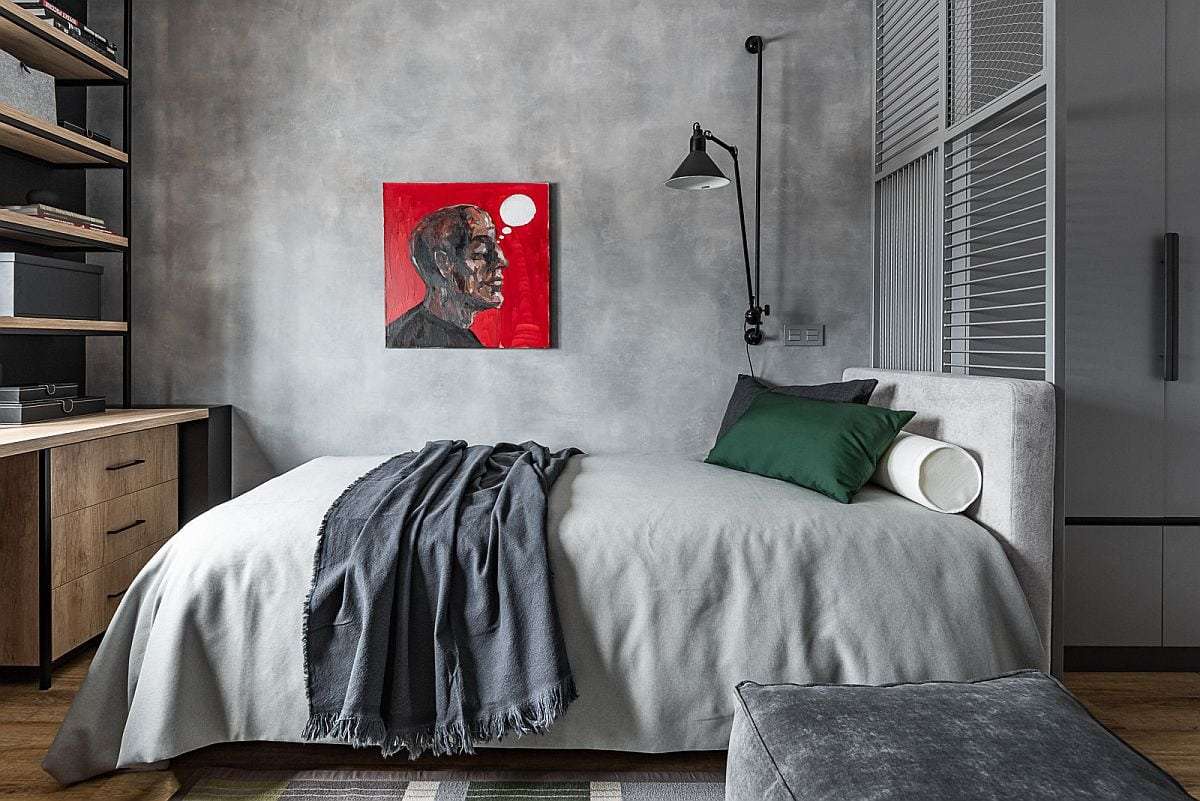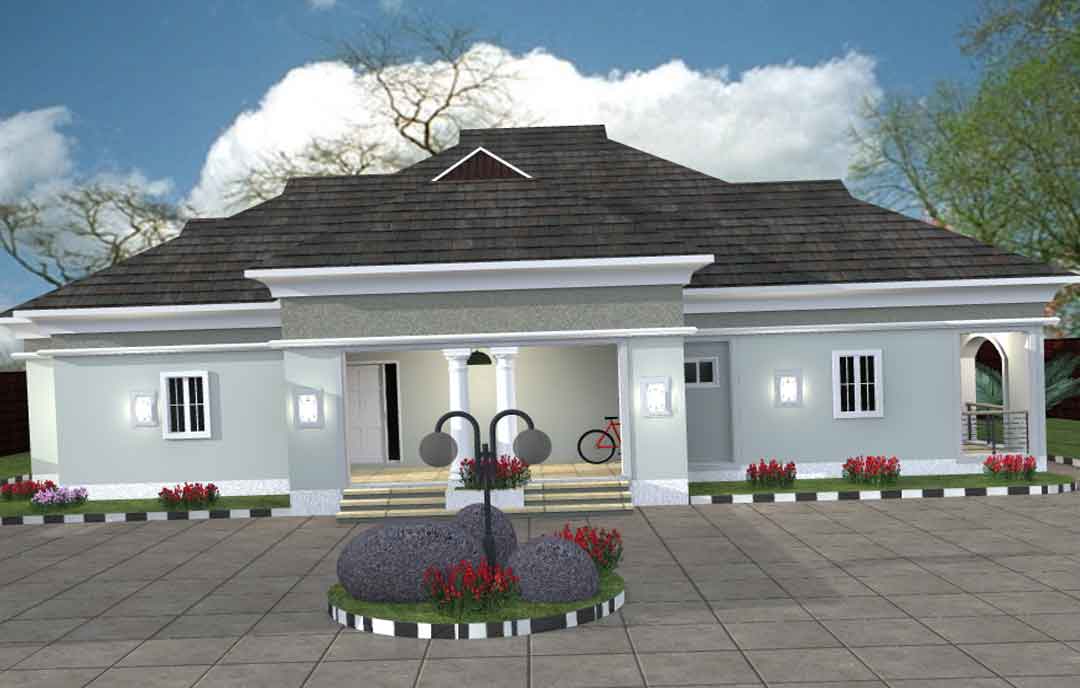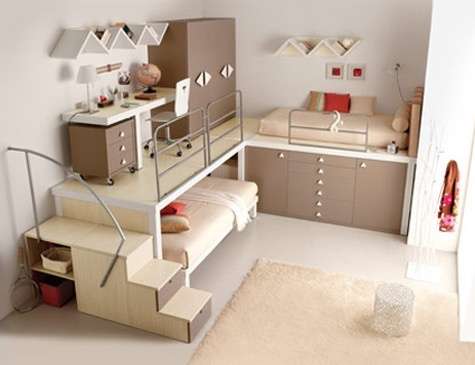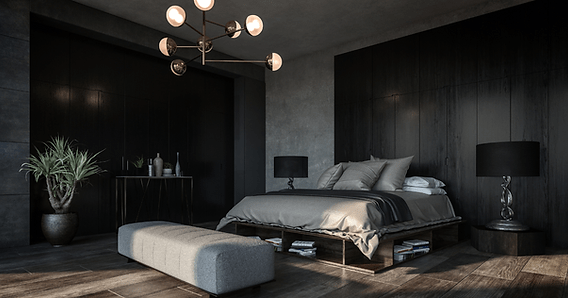Creating a tranquil and stylish bedroom retreat starts from the ground up, literally. The selection of modern floor tiles design for bedroom is a crucial element that can significantly impact the overall aesthetic and ambiance of your personal space. Considering factors like texture, color, size, and material is paramount to achieving a cohesive and inviting look. Think beyond the traditional and explore innovative patterns and layouts that express your unique style and complement your existing furniture and décor. The right modern floor tiles design for bedroom can transform your space into a sanctuary of comfort and sophistication.
Exploring Material Options
When it comes to bedroom floor tiles, the material choice is vital. Here are a few popular options:
- Porcelain: Durable, water-resistant, and available in a vast array of colors and patterns. A great choice for high-traffic areas within the bedroom, like near doorways or dressing areas.
- Ceramic: A more budget-friendly alternative to porcelain, offering good durability and style options. Consider the glaze finish for slip resistance.
- Vinyl: Provides a softer, warmer feel underfoot compared to porcelain or ceramic. Luxury Vinyl Tile (LVT) can mimic the look of wood or stone realistically.
- Natural Stone (Slate, Marble, Travertine): Adds a touch of luxury and sophistication, but requires more maintenance and can be more expensive.
Color and Pattern Considerations
The color and pattern of your floor tiles can significantly influence the overall feeling of the room. Consider these aspects:
- Light Colors: Make the room feel larger and brighter. Ideal for smaller bedrooms or those with limited natural light.
- Dark Colors: Create a cozy and intimate atmosphere. Best suited for larger bedrooms with ample natural light.
- Neutral Colors (Gray, Beige, White): Versatile and timeless, providing a blank canvas for other design elements.
- Patterns (Geometric, Floral, Abstract): Add visual interest and personality, but use them sparingly to avoid overwhelming the space.
Innovative Layouts and Designs
Think beyond traditional grid layouts! Here are a few innovative layout ideas to elevate your bedroom floor tile design:
Herringbone Pattern
Adds a touch of sophistication and visual interest. Works well with rectangular tiles.
Chevron Pattern
Similar to herringbone, but creates a more dynamic and modern look. Requires precise cutting and installation.
Mix and Match Tiles
Combine different colors, sizes, or textures for a unique and personalized floor design. Requires careful planning to ensure a cohesive look.
Comparative Table: Flooring Material Pros and Cons
| Material | Pros | Cons |
|---|---|---|
| Porcelain | Durable, Water-Resistant, Versatile | Can be cold, Hard |
| Ceramic | Budget-Friendly, Good Durability | Less Durable than Porcelain |
| Vinyl (LVT) | Warm, Soft, Realistic Look | Less Durable than Stone or Tile |
| Natural Stone | Luxurious, Unique | Expensive, High Maintenance |
Ultimately, choosing the perfect modern floor tiles design for bedroom involves carefully considering your personal style, budget, and the specific needs of your space. By exploring the various material options, colors, patterns, and layouts, you can create a bedroom floor that is both beautiful and functional.
MODERN FLOOR TILES DESIGN FOR BEDROOM
Creating a tranquil and stylish bedroom retreat starts from the ground up, literally. The selection of modern floor tiles design for bedroom is a crucial element that can significantly impact the overall aesthetic and ambiance of your personal space. Considering factors like texture, color, size, and material is paramount to achieving a cohesive and inviting look. Think beyond the traditional and explore innovative patterns and layouts that express your unique style and complement your existing furniture and décor. The right modern floor tiles design for bedroom can transform your space into a sanctuary of comfort and sophistication.
EXPLORING MATERIAL OPTIONS
When it comes to bedroom floor tiles, the material choice is vital. Here are a few popular options:
– Porcelain: Durable, water-resistant, and available in a vast array of colors and patterns. A great choice for high-traffic areas within the bedroom, like near doorways or dressing areas.
– Ceramic: A more budget-friendly alternative to porcelain, offering good durability and style options. Consider the glaze finish for slip resistance.
– Vinyl: Provides a softer, warmer feel underfoot compared to porcelain or ceramic. Luxury Vinyl Tile (LVT) can mimic the look of wood or stone realistically.
– Natural Stone (Slate, Marble, Travertine): Adds a touch of luxury and sophistication, but requires more maintenance and can be more expensive.
COLOR AND PATTERN CONSIDERATIONS
The color and pattern of your floor tiles can significantly influence the overall feeling of the room. Consider these aspects:
– Light Colors: Make the room feel larger and brighter. Ideal for smaller bedrooms or those with limited natural light.
– Dark Colors: Create a cozy and intimate atmosphere. Best suited for larger bedrooms with ample natural light.
– Neutral Colors (Gray, Beige, White): Versatile and timeless, providing a blank canvas for other design elements.
– Patterns (Geometric, Floral, Abstract): Add visual interest and personality, but use them sparingly to avoid overwhelming the space.
INNOVATIVE LAYOUTS AND DESIGNS
Think beyond traditional grid layouts! Here are a few innovative layout ideas to elevate your bedroom floor tile design:
HERRINGBONE PATTERN
Adds a touch of sophistication and visual interest. Works well with rectangular tiles.
CHEVRON PATTERN
Similar to herringbone, but creates a more dynamic and modern look. Requires precise cutting and installation.
MIX AND MATCH TILES
Combine different colors, sizes, or textures for a unique and personalized floor design. Requires careful planning to ensure a cohesive look.
COMPARATIVE TABLE: FLOORING MATERIAL PROS AND CONS
Material
Pros
Cons
Porcelain
Durable, Water-Resistant, Versatile
Can be cold, Hard
Ceramic
Budget-Friendly, Good Durability
Less Durable than Porcelain
Vinyl (LVT)
Warm, Soft, Realistic Look
Less Durable than Stone or Tile
Natural Stone
Luxurious, Unique
Expensive, High Maintenance
Ultimately, choosing the perfect modern floor tiles design for bedroom involves carefully considering your personal style, budget, and the specific needs of your space. By exploring the various material options, colors, patterns, and layouts, you can create a bedroom floor that is both beautiful and functional.
SURFACE FINISHES AND TEXTURAL CONSIDERATIONS
Beyond the fundamental material selection, the surface finish of the tile profoundly influences both the aesthetic appeal and the tactile experience of the bedroom floor. Matte finishes, for instance, offer a subtle, non-reflective surface that exudes a sense of understated elegance and can effectively conceal minor imperfections. Conversely, polished finishes impart a high-gloss sheen, enhancing the perceived brightness of the room and adding a touch of opulence, though they may require more diligent maintenance to prevent visible scratches or watermarks. Furthermore, textured tiles, which incorporate subtle undulations or raised patterns, can provide enhanced slip resistance and introduce an element of tactile interest, particularly beneficial in areas prone to moisture exposure.
SUBFLOOR PREPARATION AND INSTALLATION BEST PRACTICES
Irrespective of the chosen tile material or design, meticulous subfloor preparation is indispensable for ensuring a long-lasting and visually appealing installation. The subfloor must be structurally sound, level, and free from any debris or contaminants that could compromise the adhesion of the tile. Inadequately prepared subfloors can lead to cracked tiles, uneven surfaces, and premature failure of the installation. Employing self-leveling compounds to rectify minor imperfections and utilizing a high-quality thin-set mortar specifically formulated for the chosen tile material are critical steps. Moreover, precise tile alignment and consistent grout spacing are paramount for achieving a professional and aesthetically pleasing result. Professional installation is highly recommended, particularly for intricate patterns or large-format tiles, to guarantee optimal performance and longevity.
INTEGRATION WITH UNDERFLOOR HEATING SYSTEMS
For enhanced comfort, particularly in colder climates, integrating underfloor heating systems with tile flooring is a prudent consideration. Radiant floor heating provides a consistent and energy-efficient heat source, eliminating the need for bulky radiators and creating a more inviting and comfortable bedroom environment. Porcelain and ceramic tiles are particularly well-suited for use with underfloor heating due to their excellent thermal conductivity, allowing for efficient heat transfer. Careful planning and coordination between the flooring installer and the heating system specialist are essential to ensure compatibility and proper installation. Furthermore, utilizing a programmable thermostat can optimize energy consumption and maintain a consistent temperature throughout the day.
The selection of appropriate floor tiles for the bedroom demands careful consideration of several factors, including material properties, aesthetic preferences, subfloor preparation, and integration with auxiliary systems. Prioritizing quality materials, meticulous installation techniques, and attention to detail will ensure that the chosen modern floor tiles design for bedroom not only enhances the visual appeal of the space but also provides lasting comfort and durability.
